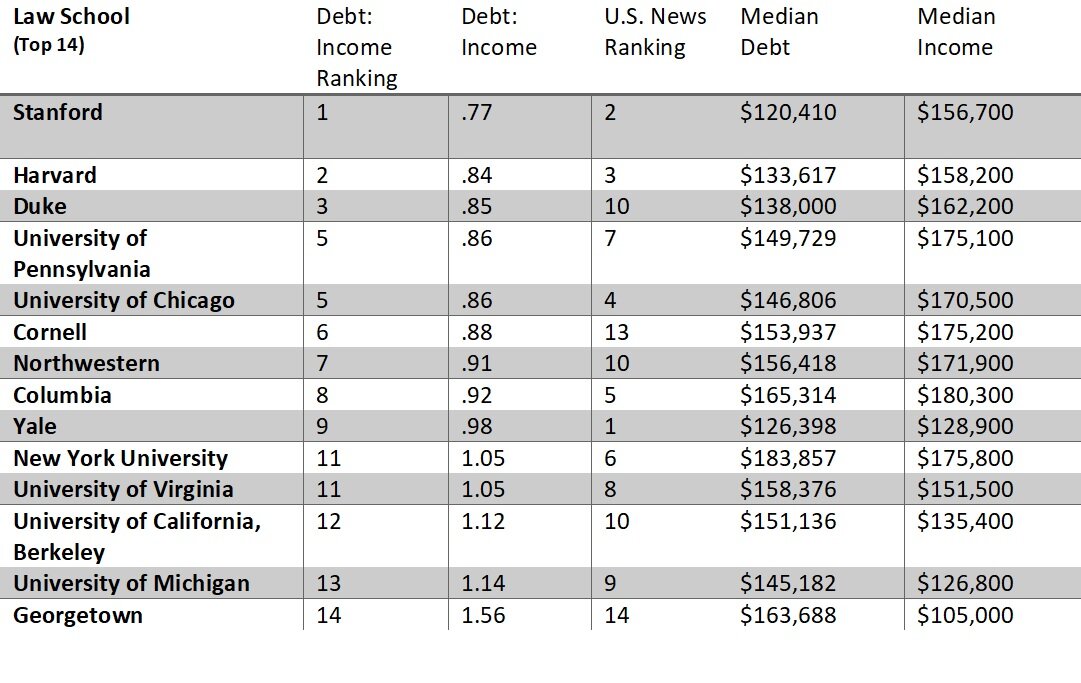Employment outcomes for the law school class of 2018 are showing a rebound back to pre-recession levels according to selected findings released by the National Association for Law Placement earlier this summer. The full report, Jobs & JDs: Employment and Salaries of New Law School Graduates — Class of 2018, is expected to be released in October 2019.
The employment rate, which has increased over the past three years, is up to 89.4 percent from 88.6 percent in 2017 among those with a known employment status, despite the total number of jobs declining by about 150 overall compared with 2017. Seventy-one percent of graduates obtained full-time, long-term, bar passage required work, which is even higher than rates measured prior to the recession. And, the number of employed 2018 graduates seeking a different job, 13.2 percent, is the lowest percentage recorded since 2002 and down 11.4 percentage points from the class of 2011’s record high of 24.6 percent.
James G. Leipold, NALP’s Executive Director says, “Certainly, the overall employment rate has improved because of two intertwined factors. First, and most importantly, the smaller graduating class has meant that there is less competition for the jobs that exist. Second, large law firm hiring has increased steadily since 2011, adding more than 1,900 jobs in seven years.”
Despite the positive employment report, Kaplan Bar Review Survey results released earlier this week show that most recent law school graduates say the job search process was more time consuming than they expected. Fifty-two percent of the 417 surveyed say the search required more time than anticipated while only 11 percent say it required less time. The remaining 37 percent say the amount of time required was in line with their expectations. Additionally, the survey asked respondents to grade their alma mater’s career services for their support with assisting them in finding a job. While 23 percent of those surveyed graded their alma mater an “A” and 30 percent a “B”, 23 percent gave a “C” and a combined 25 percent gave marks of a “D” or an “F”.
Students were more positive regarding their alma mater’s ability to prepare them with the necessary legal skills. When students were asked to grade their alma mater on how well it equipped them to successfully transition from a student to a legal professional, the marks were considerably higher. One-third of students gave their school an “A”, 45 percent a “B”, 16 percent a “C” and only 6 percent a “D” or “F”.
Anecdotally, students shared that while grades are important, they may have overinflated their importance in finding a job while also underestimating the value of networking. Students said that they wished they had known to start early and to focus more on networking throughout law school and the job-search process, including using social media connections.
Commenting on the survey results, Vice President of the Kaplan Bar Review, Tammi Rice, advises that, “The job market for newly graduated lawyers has not been this strong since the start of the Great Recession, which is promising, but that doesn’t mean that jobs are just going to fall into their laps. It requires networking, starting the process early, and often passing the bar exam, as many employers won’t hire you until you’ve secured your license. We encourage all recent law school graduates to take advantage of the resources and guidance your alma mater’s career services office can provide you. They have a vested interest in seeing their graduates succeed, so they want to be helpful as you look to land a job that requires that you passed the bar.”






